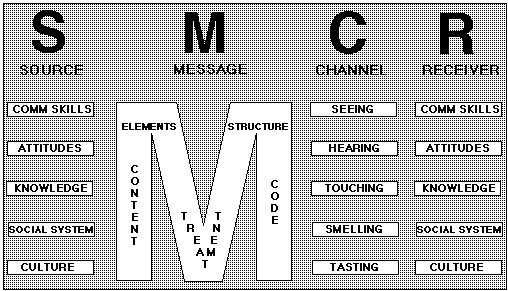Media Convergence
Digital Society
Important facts. Revolutions of history

Neolithic period. From nomadic to sedentary
XVIII century

The declaration of Independence of Cyberspace
Web 1.0 web 2.0 and social web
Differences between web 1.0 and eb 2.0
Advantages of web 2.0
Facilitating interacttion
Speed up access to information
Allows convergence among media, users and content
Social platform (digital social networks)
Eliminates space - time barriers between users.
Allows colaboration
Principles of social web
Browser as a tool
Cooperation as a method
Interoperability as a foundation
Simplicity as a guideline
Labeled as a system
Participation as a principle
Variety as realization
Customization as possibility
Experimentation as a norm
Disinterest as a basis
Cgaracteristics of Cyberspace
Dynamic character
Irrelevant access cost
Enormous capacity for growth
High processing capacity
Asymmetric character
Anonymity
High ability to produce physical effects
Transversality
Communicative models of the 21st century
Forms of communication
Communication models
ICT and TRIC
Main characteristics of ICT
Immateriality
Interactivity
Interconnection
Instantaneity
High paramters of image and audio quality
Digitization
Influence on processes rather than on products
Impact in all sectors.
Innovation
Tendency towards automation
Diversity
ICT Classification
According to the objective
Tools that facilitate the work of archiving.
Tools that facilitate dialogue.
Tools that facilitate the personal follow-up of each member of the group.
According to the type of communication
Synchronous communication tools
Chat
Video conference
Asynchronous communication tools
Forum
Blog
e mail
Synchronous and asynchronous communication tools
Wiki
Instant messaging
Principles of TRIC
Self - knowledge
Effective communication
Decision making
Managing feelings and emotions
Creative thinking
Empathy
Relationships
Troubleshooting and conflicts
Critical thinking
Management of tensions
Types of communication and communication model
Transmission model Interactive model Transactional model

